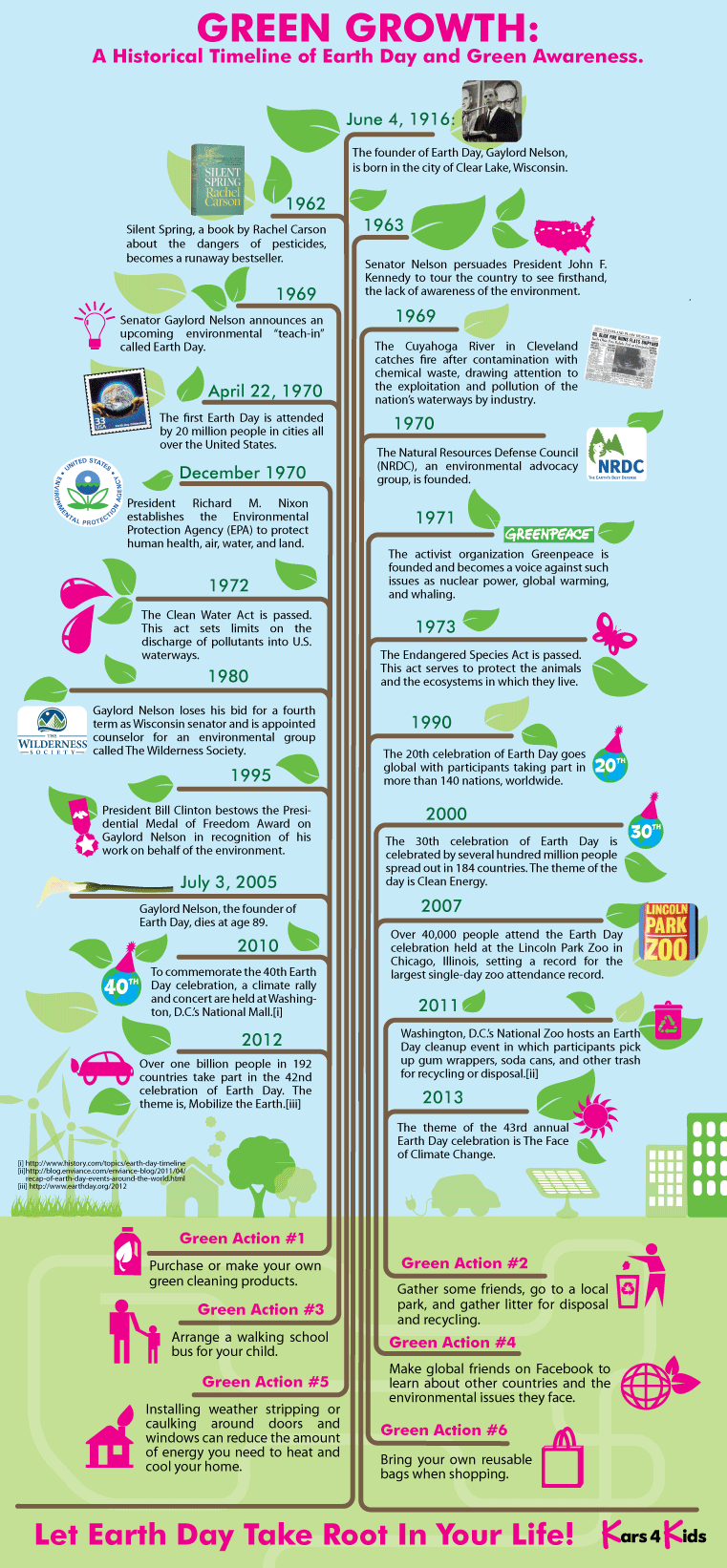
Going green around your home isn't just an environmentally-responsible thing to do, but it can actually save you a lot of money. You've probably shopped around sites from your local area - from Atlanta to Houston, or wherever you live - to find the right electric company for your green energy, and hopefully made changes around your house to conserve energy. Now, it's time to turn to the one area where it's hardest to save gas: your transportation.
But back to the point at hand. Driving is something that's hard to avoid, but here are some things to help you be gas-smart with your car:
Brake Smart
It's amazing how much gas your car burns up when you push on the gas pedal, especially if you're in first gear. Instead of revving your engines to get a speedy start, why not slowly decelerate as you come up to a stop light or a line of traffic? Try and time it so that your car is still moving forward by the time the light turns green, so you won't have to push hard on the gas pedal to accelerate. Avoid hitting the brake and gas constantly when in traffic, but just let the car accelerate and roll forward at its own pace. It takes practice, but it can save a fortune in gas if you spend hours in traffic every day.
Use AC Wisely
Before you hit that AC switch, think about whether you really need it or not. The AC should be used only during the stifling American summer, and only when you're driving down the highway (driving with the windows down will increase drag, requiring more energy to move the car). If you are driving around town, try driving with the windows down and letting the breeze cool you off. Get yourself a little battery powered fan, or one that plugs into the battery of the car. Try and park in the shad whenever possible, and turn off your air con before you park to keep run time to a minimum.
Cut Weight
If you don't need to have the back of your vehicle loaded with people and stuff, empty it out. You may not want to take the time to unload your bikes after a weekend cycling trip, but that extra weight will force your engine to work harder. Reduce weight as much as possible, as a light car uses less fuel.
Fill the Tires
Everyone knows that filling your tires will help to conserve fuel, but they don't know why. The reason is that a partially filled tire has more weight on it, and it is harder for the car to turn the wheel and drive forward when there isn't enough air in the tire to keep the car off the ground. Fill up those tires, and take the pressure off your engine.
Turn it Off or Put it in Neutral
If you're going to be sitting in one place for a while, turn off your car rather than letting it sit idling. It will use some gas as it idles, so turning it off will ensure that you don't use excess gas. If you are waiting for your child to come out of school or sitting in line at a bank, put the car in neutral to disengage the engine and reduce your gasoline usage.
Keep each of these in mind next time you head out to the car!
Photo:  Some rights reserved by wetwebwork via flickr
Some rights reserved by wetwebwork via flickr












